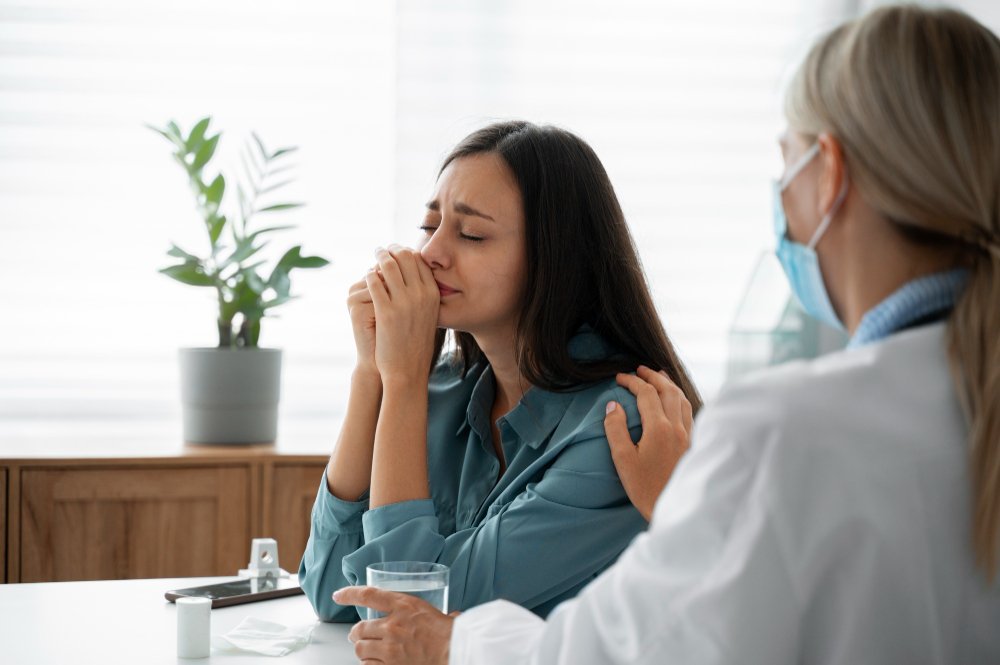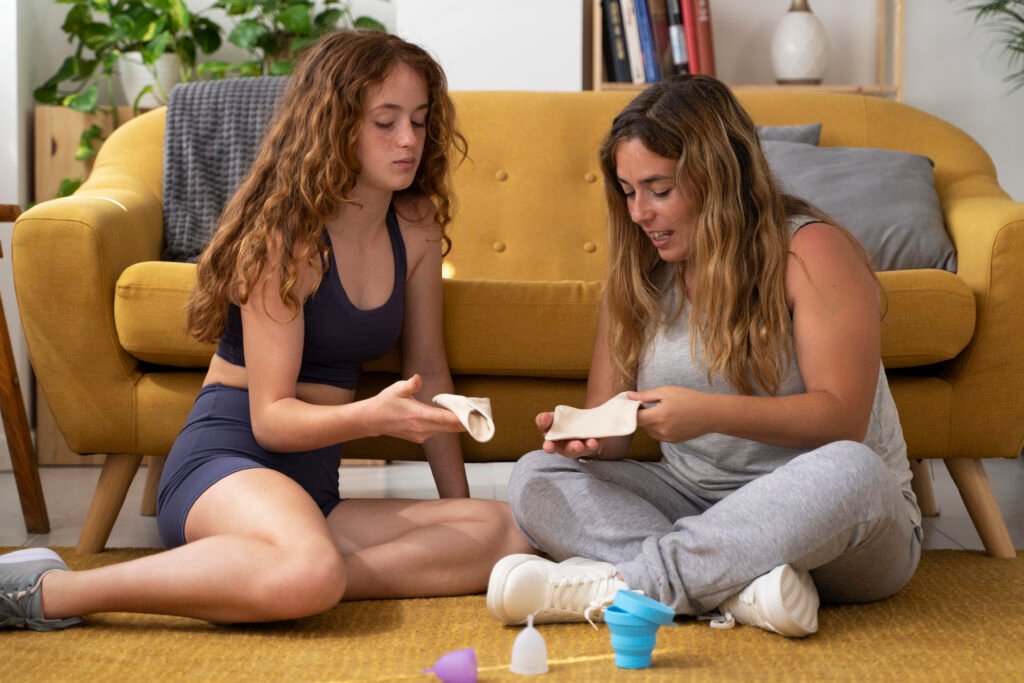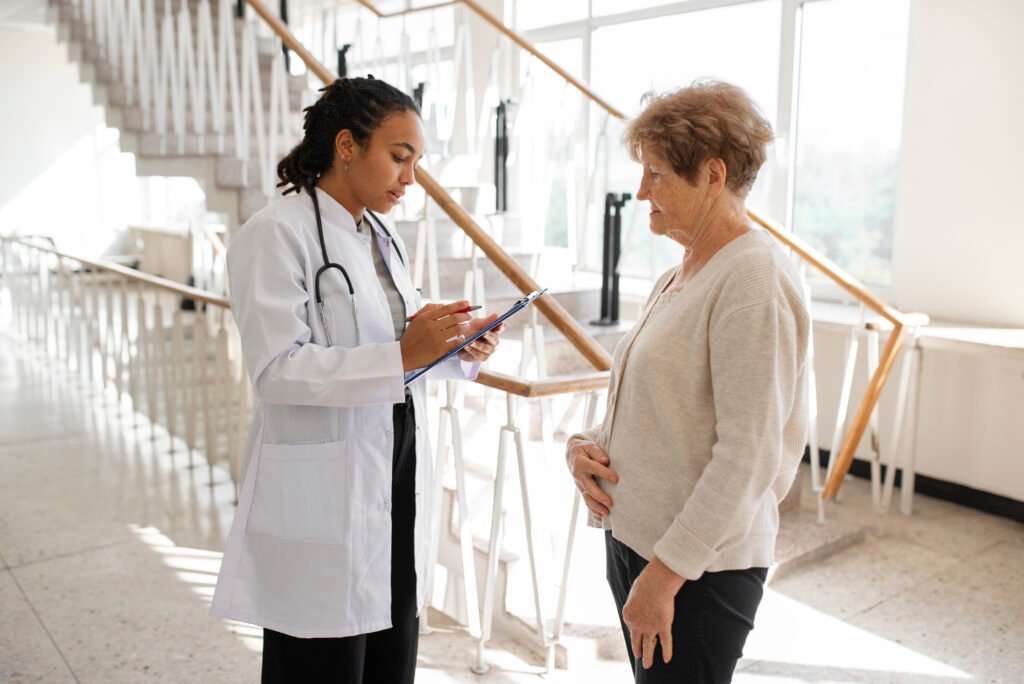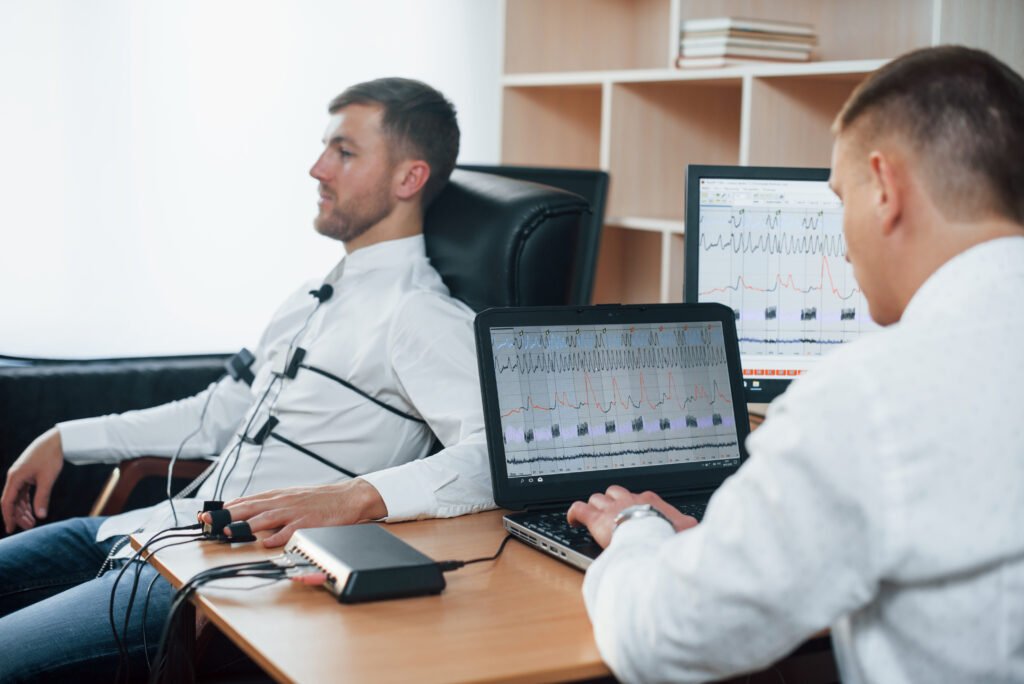PCOS: Can It Affect Brain Function?
Rachel Marti
April 2024
Whether this is the first time you are hearing about polycystic ovary syndrome (PCOS) or not, the name of this disorder may mislead you into thinking that it is caused explicitly by having several ovarian cysts, but that is not entirely true[12]. The National Library of Medicine defines PCOS as an endocrine disorder that involves having two or more of these three determining factors: irregular menses, hyperandrogenism, and polycystic ovaries[3,6]. Currently, the cause of PCOS in women of reproductive ages (18-40 years old) is still unknown[3,4]. But, scientists believe that perhaps hereditary genes, environmental factors, hormonal imbalances, and/or insulin resistance may play a role in developing PCOS[3,4]. Since there is no known cure, the disorder is currently being managed via medications and lifestyle modifications in an attempt to alleviate its symptoms[3,14,15].

PCOS in Everyday Life
PCOS is accompanied by several unpleasant symptoms such as weight gain, pelvic pain, headaches, acne, edema, decreased libido, mood swings, etc [9,14,15]. PCOS significantly affects a woman’s quality of life as it is one of the leading causes of infertility[11,14,15]. Various combinations of the three previously mentioned PCOS factors can cause an overexpression of androgens, such as testosterone[4,15]. This can prohibit ovulation, and therefore fertilization, from occurring[4,15]. Infertility can also cause major psychological distress as becoming a mother is a future many women look forward to[15]. Not only does this affect the PCOS patient, but it can affect the relationship with their partner and/or family members[15]. This can cause feelings of unworthiness, guilt, and barrenness which may lead to anxiety and depression[11]. Couples battling PCOS-related infertility may try certain medications and/or fertility treatments in order to achieve stable hormone levels and increase their chances of egg fertilization. This can be a time-consuming and mentally draining process as one’s rate of success with these methods is not always guaranteed[10,11].
The aforementioned high levels of testosterone and other androgenic hormones frequently lead to hirsutism in women suffering with PCOS[4,15]. This condition causes excessive hair growth on parts of the body such as the face, chest, legs, back, or arms[4,15,16]. It can be a debilitating condition, especially for young women, who are often judged by others, and made to feel abnormal, ashamed, and less feminine[4,15,16]. Although there are hair reduction options, removing the hair professionally usually takes multiple sessions in order to see results and the process can be painful[16]. Not only does this require time and money, but keeping the condition hidden is stressful as well[15,16]. In summary, living with PCOS can cause women to feel social stigma, anxiety, and depression, they may also create a negative body image of themselves[13].
Diagnostic Dilemma
Despite PCOS being deemed a medical disorder over 100 years ago, up to 70% of affected women remain undiagnosed worldwide[1,2,7]. But, why is that? Physicians face a challenge when it comes to diagnosing PCOS because of one thing: the symptoms. PCOS can present itself through many symptoms that overlap and mimic what you would commonly find in other diseases such as pelvic inflammatory disease, thyroid disease, diabetes, etc[5,7,8]. Therefore, physicians request certain lab tests to be conducted and from their results, they eliminate other similar diseases; it could take several months or years for a true PCOS diagnosis to be reached[1]. This period of time where the patient is waiting to be diagnosed could potentially allow other harmful, long-term complications associated with PCOS to develop such as obesity, type 2 diabetes mellitus (DM-2), depression, endometrial cancer, and nonalcoholic fatty liver disease[1,8,15]. On a similar note, PCOS has also been found to increase one’s risk of heart disease and metabolic disorders. Recently, scientists have also discovered that it may also increase one’s risk of memory loss[2,5].
A New Study Relating Brain Health and PCOS, Results Discussed
An ongoing cohort study conducted by CARDIA Women’s health has collected new data that suggests PCOS may have negative impacts on the brain[5]. Approximately one thousand women participated in this study, with roughly 6% of those women having PCOS per the study’s definition of PCOS[5]. The participants partook in a variety of cognitive tests that measured brain memory, reaction time/attention capacity, and verbal fluency[5]. In addition, a subset of the participants had brain MRI’s conducted in order to observe any differences between PCOS vs. non-PCOS participants[5].
The results of the study show that the PCOS patients, in fact, did score lower on the cognitive tests compared to the participants without PCOS. In addition, PCOS patients exhibited decreased white matter density in their brains[5]. White matter is the portion of your brain that is responsible for memory retention and coordination[17]. However, this study is unable to conclusively state that there is a significant decrease in brain function directly caused by PCOS[5].
Most published PCOS studies focus on its relation to heart health and infertility, but this is the first study that has attempted to observe a direct correlation between brain health and PCOS in women of middle age; with these new findings come a few caveats[5]. One limitation from this experiment is that the group size is not very large; the number of participants for both the cognitive testing and the MRI testing was relatively small[5]. A larger group of participants would yield a more accurate dataset and give us a greater understanding of the toll this disorder can take on the brain. Regarding the brain MRI results, further research is needed to verify whether or not the decrease in cognitive performance is directly related to PCOS or simply a consequence of aging[5]. Scientists should consider looking into certain metabolic and hormonal factors that can affect the brain as well as the current mental state of the PCOS patients. For example, depression is a common PCOS symptom which is known to decrease brain function[5]. Although performing this study was a huge step in the right direction, more research must be conducted. If future research provides evidence to support this study, it should primarily focus on preventing or slowing the rate of memory loss for affected women[2]. This could greatly improve the quality of life for PCOS patients as it may allow us to gain more insight into the mysteriously complex inner workings of this disorder[2].
References:
[1] Rasquin LI, Anastasopoulou C, Mayrin JV. Polycystic Ovarian Disease. (2022). In: StatPearls [Internet]. Treasure Island (FL): StatPearls Publishing. Retrieved from: https://www.ncbi.nlm.nih.gov/books/NBK459251
[2] Daye, J. (2024). PCOS, a painful condition for millions of women, linked to memory loss, study finds. Miami Herald. Retrieved from https://www.miamiherald.com/news/nation-world/national/article284977342.html
[3] John Hopkins Medicine.(n.d). Retrieved from https://www.hopkinsmedicine.org/health/conditions-and-diseases/polycystic-ovary-syndrome-pcos#:~:text=Polycystic%20ovary%20syndrome%20(PCOS)%20is,that%20form%20in%20the%2 0ovaries.
[4] Cleveland Clinic. (2023). https://my.clevelandclinic.org/health/diseases/24639-hyperandrogenism
[5] Huddleston, H.G., Jaswa, E.G., Casaletto, K.B., Neuhaus, J. , Kim, C. Wellons, etc. (2024). Associations of Polycystic Ovary Syndrome WithIndicators of Brain Health at Midlife in the CARDIA Cohort. Neurology 2024. https://www.neurology.org/doi/abs/10.1212/WNL.0000000000208104. doi:10.1212/WNL.0000000000208104
[6] Dennett, C. C., & Simon, J. (2015). The role of polycystic ovary syndrome in reproductive and metabolic health: overview and approaches for treatment. Diabetes spectrum : a publication of the American Diabetes Association, 28(2), 116–120. https://doi.org/10.2337/diaspect.28.2.116
[7] World Health Organization. (n.d.). Polycystic ovary syndrome.
https://www.who.int/news-room/fact-sheets/detail/polycystic-ovary-syndrome#:~:text=Polycysti c%20ovary%20syndrome%20(PCOS)%20affects,affected%20women%20remain%20undiagnos ed%20worldwide
[8] Sirmans, S. M., & Pate, K. A. (2013). Epidemiology, diagnosis, and management of polycystic ovary syndrome. Clinical epidemiology, 6, 1–13. https://doi.org/10.2147/CLEP.S37559
[9] Bromberger, A. (2022). Why Women Face Difficulties Receiving PCOS Diagnosis. Duke University.https://dukecenterforglobalreproductivehealth.org/2022/12/26/why-women-face-diffic ulty-receiving-pcos-diagnoses/
[10] Melo, A. S., Ferriani, R. A., & Navarro, P. A. (2015). Treatment of infertility in women with polycystic ovary syndrome: approach to clinical practice. Clinics (Sao Paulo, Brazil), 70(11), 765–769. https://doi.org/10.6061/clinics/2015(11)09
[11] Sharma A, Shrivastava D. Psychological Problems Related to Infertility. Cureus. 2022 Oct 15;14(10):e30320. doi: 10.7759/cureus.30320. PMID: 36407201; PMCID: PMC9661871.
[12] Azziz R. Polycystic ovary syndrome: what’s in a name? J Clin Endocrinol Metab. 2014 Apr;99(4):1142-5. doi: 10.1210/jc.2013-3996. Epub 2014 Feb 3. PMID: 24491161; PMCID: PMC3973784.
[13] World Health Organization. (28 June 2023). https://www.who.int/news-room/fact-sheets/detail/polycystic-ovary-syndrome
[14] Divya, M., & Ranganathan, S. (2022). “PCOS is Like Having a Disease”: The Everyday Stress of Living with Polycystic Ovarian Syndrome (PCOS). Indian journal of community medicine : official publication of Indian Association of Preventive & Social Medicine, 47(4), 622–623. https://doi.org/10.4103/ijcm.ijcm_1374_21
[15] Brady, C., Mousa, S. S., & Mousa, S. A. (2009). Polycystic ovary syndrome and its impact on women’s quality of life: More than just an endocrine disorder. Drug, healthcare and patient safety, 1, 9–15. https://doi.org/10.2147/dhps.s4388
[16] PCOS Awareness Association. (n.d.) PCOS AND UNWANTED FACIAL HAIR. https://www.pcosaa.org/pcos-and-unwanted-hair
[17] University of North Carolina.(2021). White matter plays a complex role in brain health. https://sph.unc.edu/sph-news/white-matter-plays-a-complex-role-in-brain-health/#:~:text=While %20gray%20matter%20is%20a,and%20stay%20balanced%20when%20walking.









